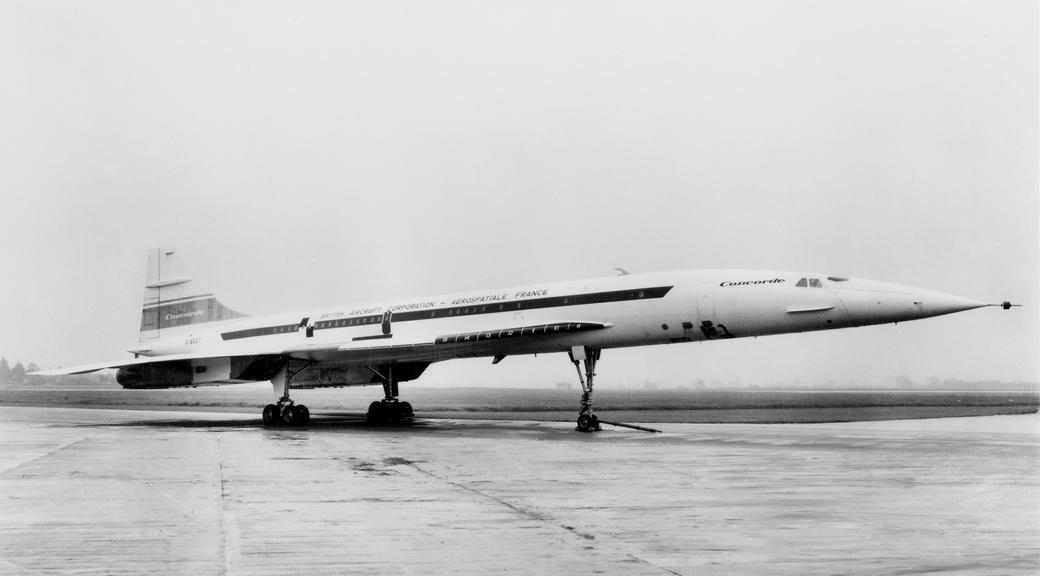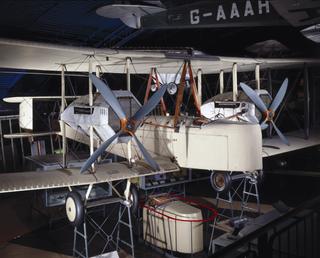
Concorde prototype aircraft
- maker:
- British Aircraft Corporation






British Aircraft Corporation/Aerospatiale Concorde prototype aircraft, Serial no. 002, G-BSST.
In 1959, the Supersonic Transport Aircraft Committee recommended the construction of a fleet of long range intercontinental airliners which would fly almost twice as high and over twice as fast as those in service at that time: 60,000 feet and at Mach 2.0, twice the speed of sound. In 1962, the British and French Governments signed an agreement to develop the aircraft together. This was the first significant cooperation between European countries to develop and build an aircraft. Two prototypes were built, 001 (French) and 002 (British), they had to have low drag at high speed and high lift at low speed. The 002 maiden flight was on 9th April, 1969, piloted by Brian Trubshaw.
Concorde made its first supersonic flight on 1 October 1969. The first supersonic passenger flight took place on 21 January 1976 . Flying at Mach 2.0 and at 60,000 feet, the journey time between London and New York was reduced to just three hours.
Concorde soon became the aircraft flown by the rich and famous, stocked with Champagne and delicacies. Concorde welcomed guests such as Cindy Crawford, Claudia Schiffer, Andre Agassi and served as royal transport for the Queen. Unfortunately, due to development costs, environmental and economic concerns and noise created by the sonic boom, Concorde was never financially viable, eventually leading to Air France and British Airways ceasing operations in May and October 2003 respectively.
The 002 was retired to Yeovilton, Somerset on 4 March 1976 after making 438 flights, 196 of which were supersonic. The aircraft is currently on display at the Fleet Air Arm Museum in Yeovilton, England.
Details
- Category:
- Aeronautics
- Object Number:
- 1977-45
- type:
- aircraft, aeroplanes, airliners, passenger aircraft and prototypes
- credit:
- Department of Trade & Industry




